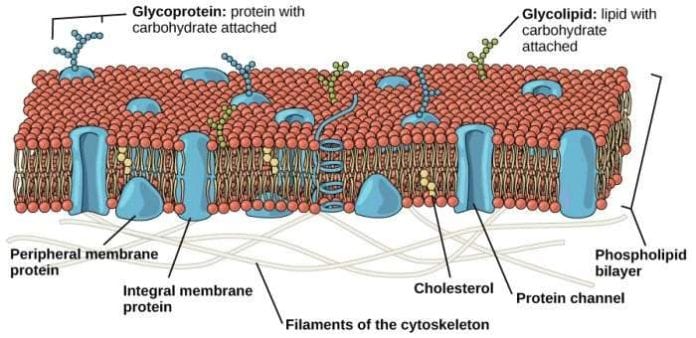
Phospholipid Bilayer: All cells are surrounded by the cell membranes, and this characteristic best portrayed by the Fluid Mosaic Model. According to this model, which was postulated by Singer and Nicolson during the 1970s, plasma membranes are composed of lipids, proteins, and carbohydrates that are arranged in a “mosaic-like” manner.
The fundamental structure of the plasma membrane is the phospholipid bilayer which act as a barrier and carry out other specific roles in the cell.
In particular, the main lipid component of the membrane are the phospholipids.
Find more about these molecules and the bilayer itself by scrolling down below.
Table of Contents
What is a Phospholipid?
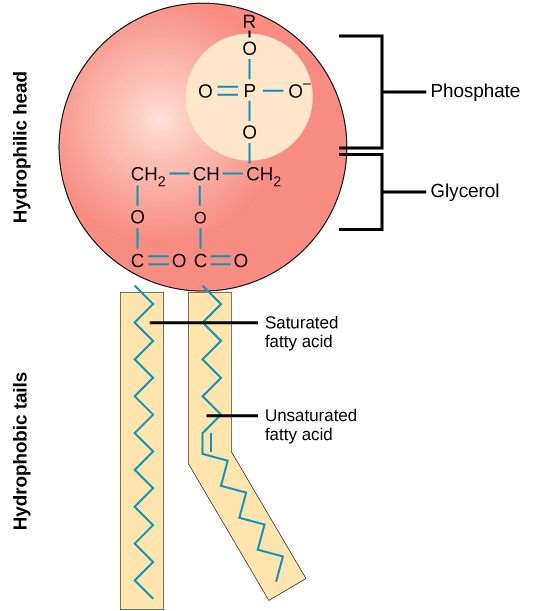
- As portrayed in the diagrammatic illustration above, the glycerol molecule and the phosphate group makes up the “hydrophilic” head, or the water-loving part of the phospholipid. This head is such because of the negatively charged phosphate group that tends to attract the water molecules.
- On the other hand, uncharged saturated and (some) unsaturated fatty acid chains make up the nonpolar tail, which is hydrophobic in nature. As such, these tails tend to repel water molecules.
- As an amphiphilic molecule, the phospholipid can easily adapt to its environment. However, the structure of phospholipids can be affected by the salinity and pH of the cell’s surrounding environment.
- When placed in water, phospholipids clump together to form micelles. Micelles are lipid molecules that form spherical aggregates in liquid solutions.
![]()
The Structure Of The Phospholipid Bilayer
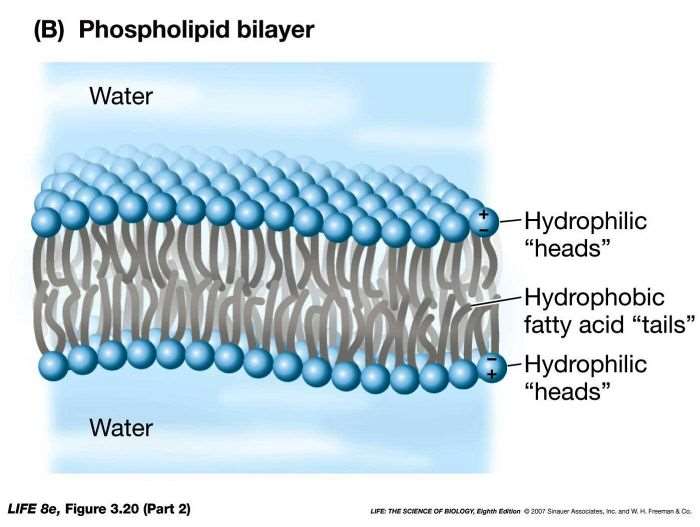
- Interestingly, the phospholipid bilayer can form a closed sphere in order to completely remove any water molecule attached to its hydrophobic tail.
- Basically, the “fluid” term in the Fluid Mosaic model pertains to the ability of the proteins and lipids to move in the membrane. In addition to that, the membrane is also “mosaic” due to the arrangement of the components themselves. Because of this kind of structure of the phospholipid bilayer, the plasma membrane[1] can choose which molecules can enter or be rejected to pass through it.
- For instance, proteins, which are amphipathic in nature (can be both water-loving and water-fearing) can easily establish connections with the similar molecules found in the bilayer.
- Carbohydrates on the other hand can interact with the proteins and lipids which can result to the production of glycoproteins and glycolipids respectively.
For additional information, you may want to read S. G. Singer and G. L. Nichol’s journal article entitled The fluid mosaic model of the structure of cell membranes[2].
![]()
Functions Of The Phospholipid Bilayer
Contrary to the common notion that the plasma membrane is merely a boundary between the inside of the cell and its outside environment, this membrane is also responsible for other vital cell functions like the ones listed below.
1. Maintain The Shape Of The Cell
- Without the double layer, the plasma membrane cannot remain stable and may either burst or shrink due to the difference in tonicity.
![]()
2. Act As A Semipermeable Membrane
- In particular, it only allows nonpolar molecules like oxygen, water, and others to pass through it. In addition, this property offers additional protection from foreign materials trying to invade the cell.
![]()
3. Important In Cell Recognition And Communication
![]()
4. Maintain Its Internal Environment
![]()
What else are found in the Plasma Membrane?
We’ve been talking about phospholipids since the start of this article. Is the bilayer also made up of other components as well? Of course, yes! The following are molecules that can also be found in the phospholipid bilayer.
1. Cholesterol
- In addition to that, due to its nonpolar nature, cholesterol also decreases the permeability of the bilayer.
![]()
2. Glycoproteins
- This is mainly because of its ability to form strong hydrogen bonds with the water molecules found around the cell.
- Furthermore, glycoproteins also act as receptors for molecules like hormones and signaling molecules.
![]()
3. Antigens
![]()
The component and structure of the phospholipid bilayer and the plasma membrane in general had proven to be a fruitful endeavor to explore. Although some known facts are subject to further scrutiny or falsification in the future, the idea remains that these components play major roles for the survival of the cell.
Wouldn’t there be much chaos if the phospholipid bilayer is not present at all?
![]()
Cite This Page
References
- [1] – “Once upon a time the cell membranes: 175Â years of cell boundary research”. Accessed February 12, 2017. Link.
- [2] – “The fluid mosaic model of the structure of cell membranes. – PubMed – NCBI”. Accessed February 12, 2017. Link.
- [3] – “Lipid Bilayer: Definition, Structure & Function – Video & Lesson Transcript | Study.com”. Accessed February 12, 2017. Link.
- [4] – “Lipid Bilayer – Fastbleep”. Accessed February 12, 2017. Link.




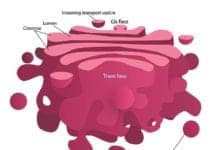
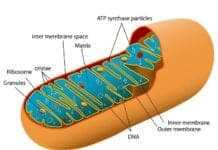

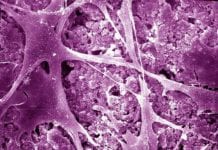










[…] to take a closer look at cell membranes. Cell membranes are usually made up of something called a phospholipid bilayer. This bilayer is made up of a hydrophilic head and a hydrophobic tail. Essentially, this […]